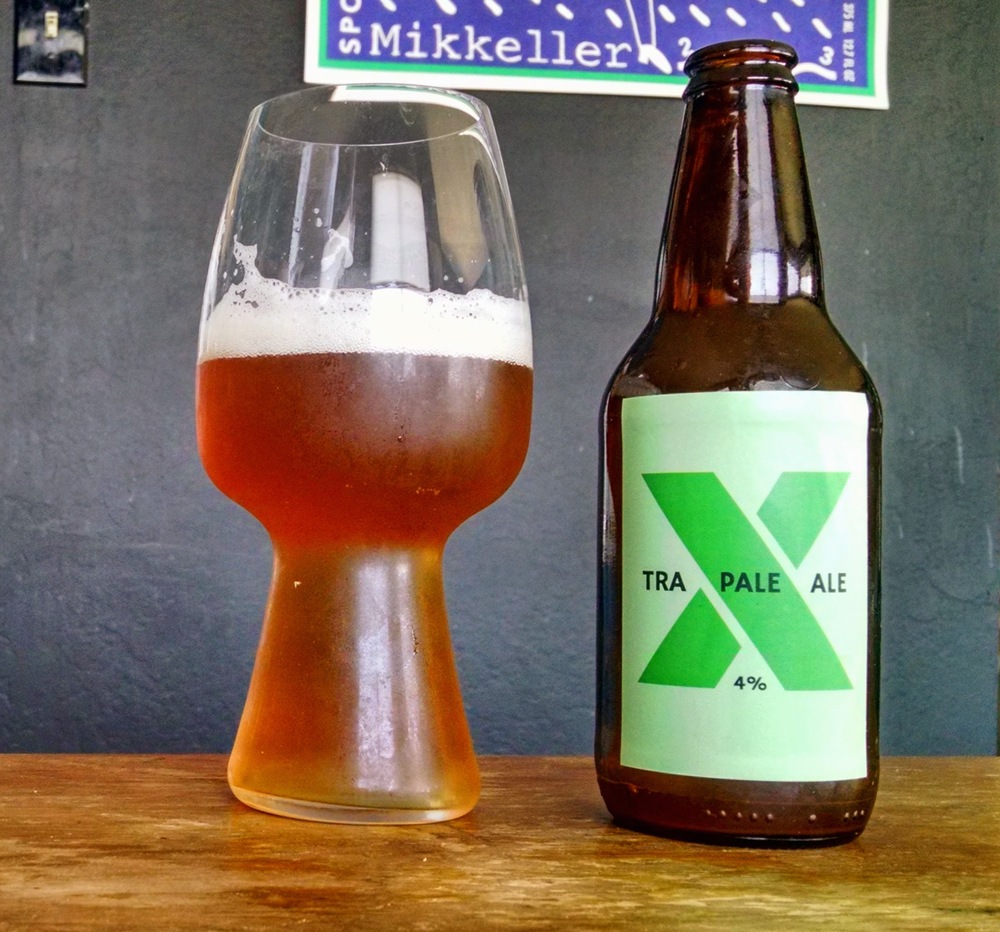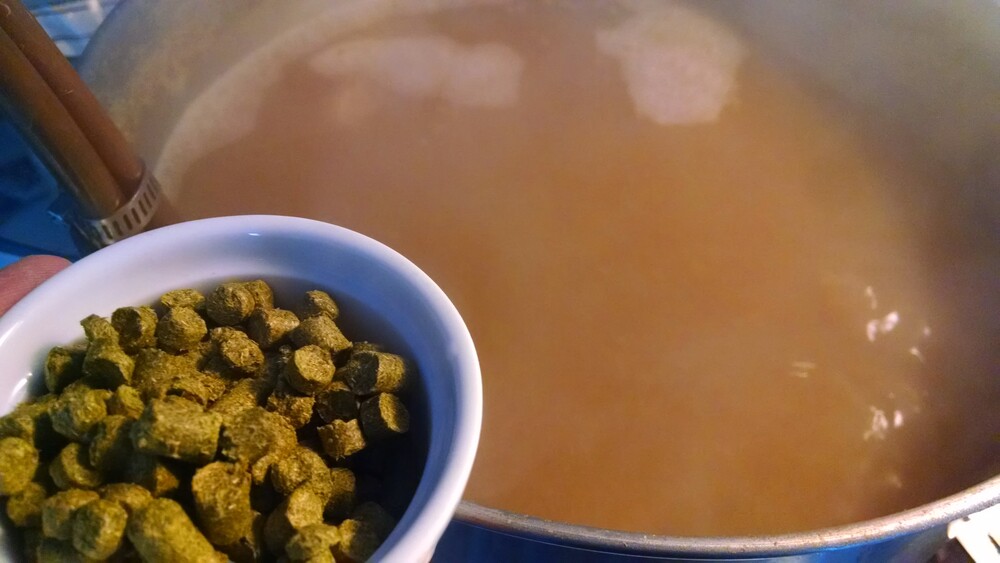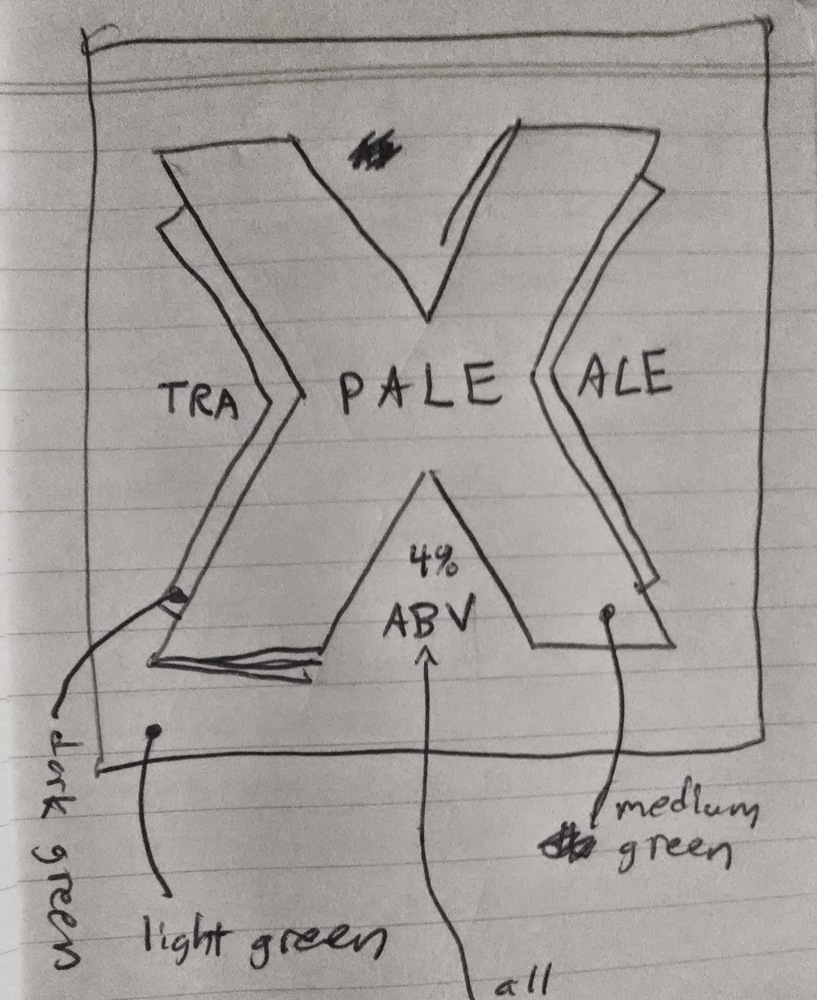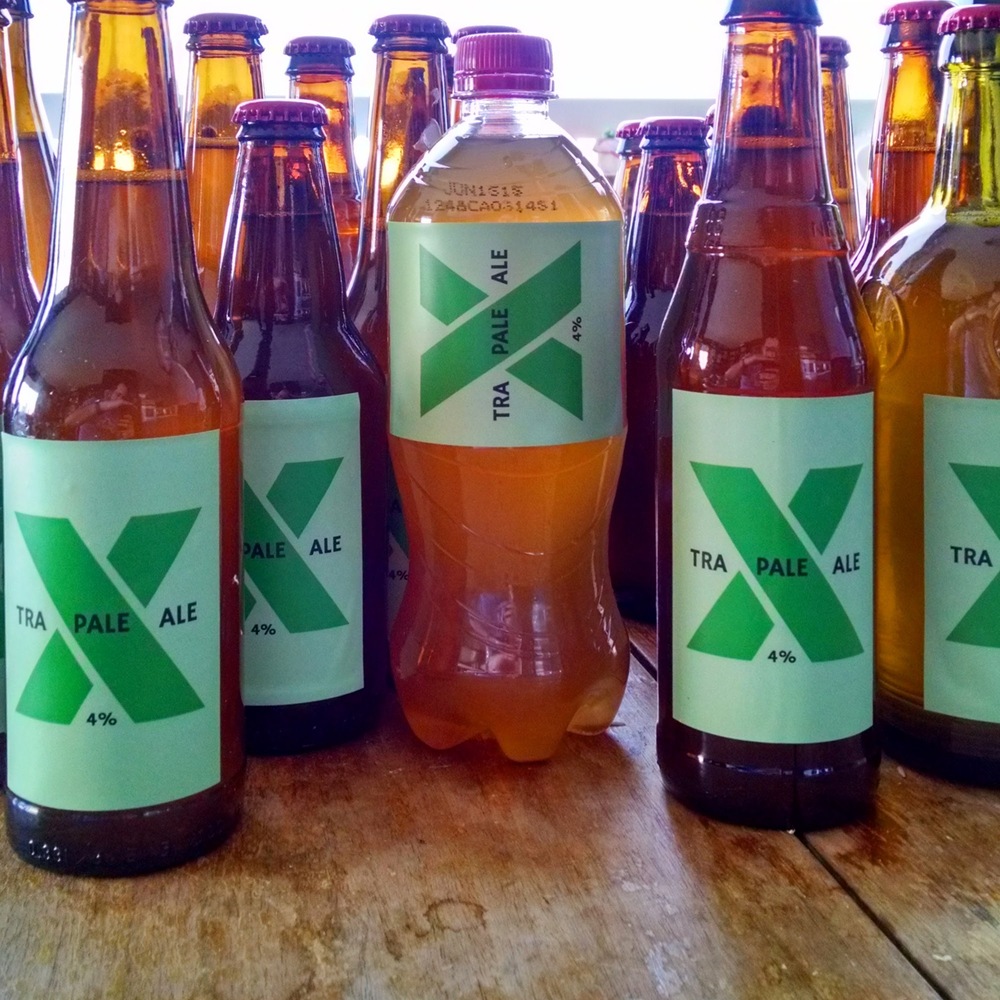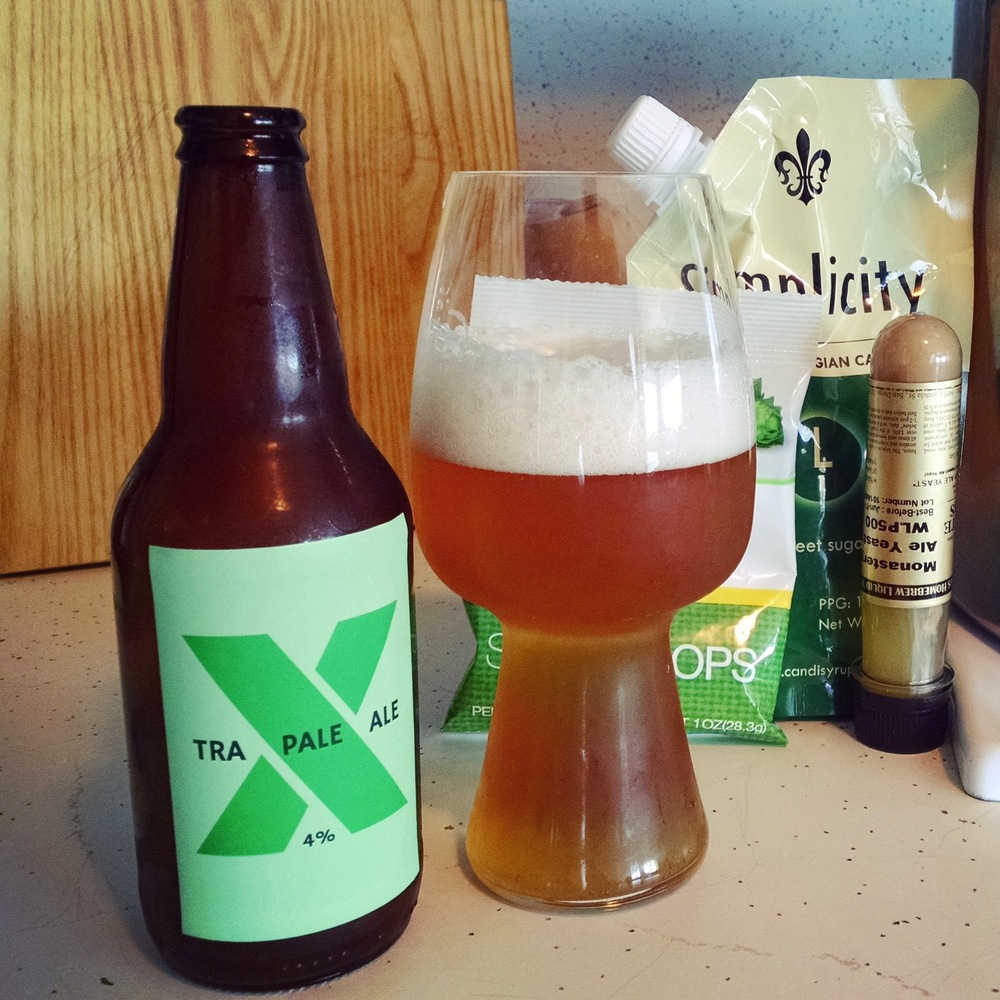I’ve homebrewed in my tiny kitchen 15 times since becoming interested in it two years ago (20 brews if you count split experiments)– that’s a nice round multiple-of-fingers-per-human-hand milestone. I still enjoy the process and (usually) the result, so I’ll probably keep doing it… though I have no desire to scale up in volume.
For brew day #15, I finally achieved a session (low alcohol) homebrew I’m quite happy with:
The general brewing rule of thumb is that hops early in the boil add bitterness, hops late in the boil add flavor, and hops late in fermentation (“dry hopping”) add aroma.
A few brewers make “late hop” IPAs and pale ales where most of the hops are added late in the boil. You need more hops for the same amount of bitterness for the hops so it’s a more expensive way to make beer, but at a homebrewing scale that’s not as much a concern. I’ve often seen these done in the context of an IPA, because alcohol, maltiness, and bitterness balance each other, so heavily-hopped beers are also often higher in alcohol.
For a while I’ve wanted to make a good session (low alcohol) beer, but it’s hard– there’s not as much alcohol or malt flavor, so the beers can be on the thin and boring side, and there’s also not enough alcohol to balance out the bitterness of significant hopping. So what if I make a heavily-hopped session beer based on only late hop additions (late boil and dry hopping), to avoid this?
I made a small 2.5 gallon all-grain batch, as I typically do these days (allowing brewing to take just 4 hours from start to finish). The recipe, briefly:
- 6 lbs pale malt, 5 oz rye (for a little spice), 5 oz Munich (color, complex sugars), 5 oz wheat (tartness, head retention)
- Brew-in-a-bag mash at the low end of the temperature range (148-150F) for fewer complex unfermentable sugars, aiming for a dry beer
- 0.5 oz Amarillo, 0.25 oz Perle, 0.5 oz Citra hops @ 15min [ i.e. 15 minutes before end of boil ]
- 0.5 oz Amarillo, 0.5 oz Perle, 0.25 oz Citra hops @5min
- S04 dry yeast (unremarkable, neutral, for hop-focused beer)
- Fermenting at room temperature (60-70F typically) for 2.5 weeks (primary and secondary/conditioning in the same fermenter)
- Dry hopping with 1 oz Amarillo, 0.25 oz Perle, 0.75 oz Citra hops 4 days before the end
- Cold-crashing the entire fermenter in my fridge for a day before bottling for clarity
Overall this involved 4.5 oz of hops for a 2.5 gallon batch, equivalent to 9 oz of hops in a 5-gallon batch– this would normally be an exorbitant level of hopping for anything but a strong IPA, but with most of this as late hopping and dry hopping it was more reasonable.
I chose Amarillo as my usual go-to hop for IPAs and pale ales– an unusual slightly tangerine/tropical/grapefruit flavor I’ve always liked, along with Citra (classic modern pale ale hop with some citrus) and Perle (slightly spicy).
Three weeks after starting fermentation, I bottled the beer– and as usual I had to make a label:
I bottled one in an empty soda bottle (the Dr Pepper bottle Francisco had with him) as a ‘carbonation canary’– to squeeze by hand later to judge how carbonation’s progressing– with a small batch I don’t want to crack open a beer each week to check.
Then, after another two weeks it was time to try one– and I’d give it an “A-”. Much better than my earlier attempt at a session beer that was just watery. My notes: “golden, nice modest-height head that dissipates over time, good clarity / separation of sediment for an unfiltered beer, slightly grapefruit and resinous hop aroma. Up-front bitterness is very mellow. No residual sweetness– extremely dry. A little tartness (wheat, rye?), and both hop taste and aroma of tangerine, other citrus, tropical fruit.”
A good, flavorful beer for something that’s only 4% ABV. If I made it again I’d probably go a bit less dry (e.g. slightly higher mash temp or Crystal grains for some unfermentable sugars), and add some flavor hops at 0 minutes or even 5-10 minutes after the boil ended and let the hops steep a bit more before moving it to the fermenter, and maybe let the dry hopping sit a few more days.
As I drank it, I was already starting my next beer– a very small test batch of a Belgian…
